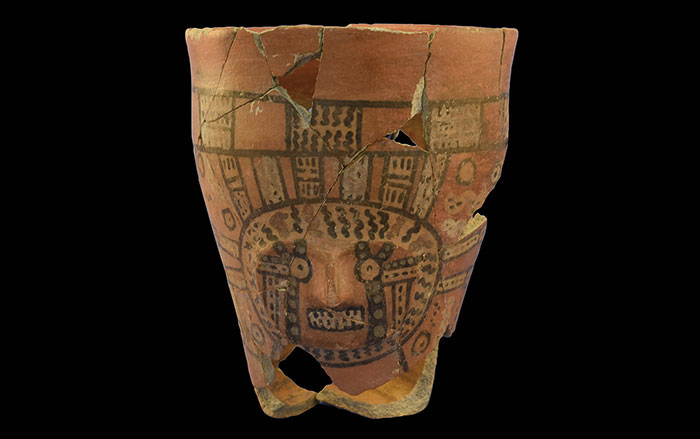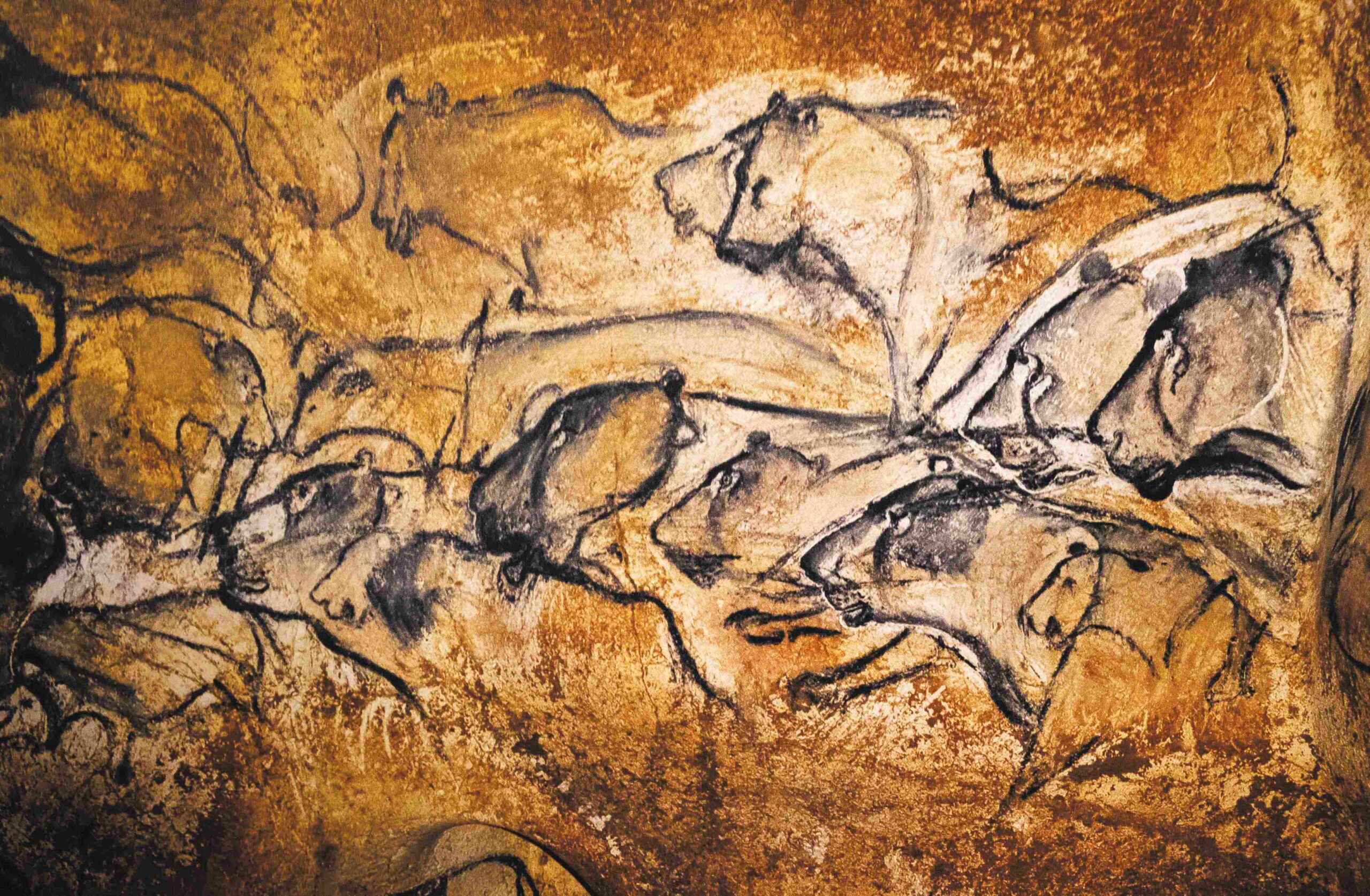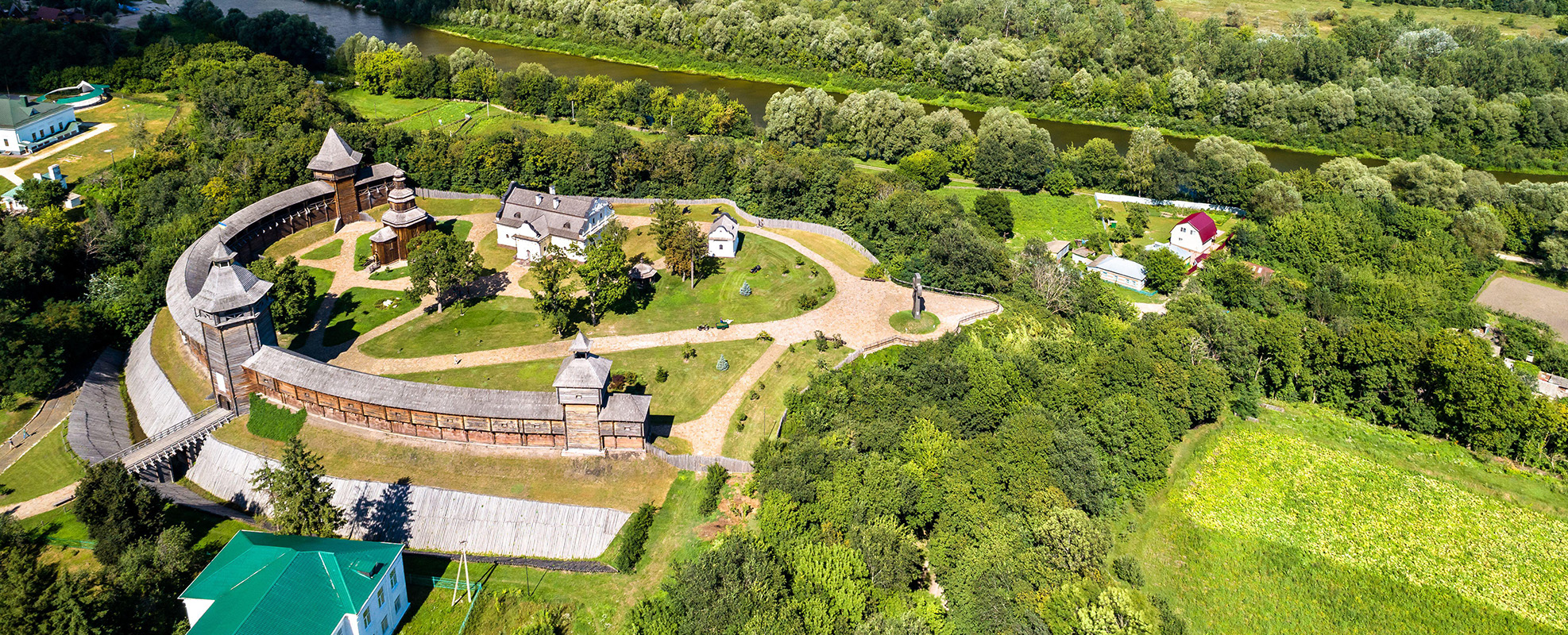
LIMA, PERU—Live Science reports that the remains of more than 70 people have been found in fabric bundles tied with rope near the so-called Painted Temple at Peru’s Wari site of Pachacamac. The burials have been dated to between A.D. 800 and 1100. Some of the bodies had been buried with ceramic objects, or wearing wood and ceramic masks known as false heads. Two carved wooden staffs were found in a deposit of shells of the thorny oyster (Spondylus princeps) near the cemetery. These shells likely originated to the north of the Wari Empire, in what is now Ecuador. The carvings on the staffs depict people wearing headgear associated with the people of the Tiwanaku kingdom, which occupied areas of Peru, Bolivia, and Chile to the south. To read more about Pachacamac and its temple, go to "Idol of the Painted Temple."










